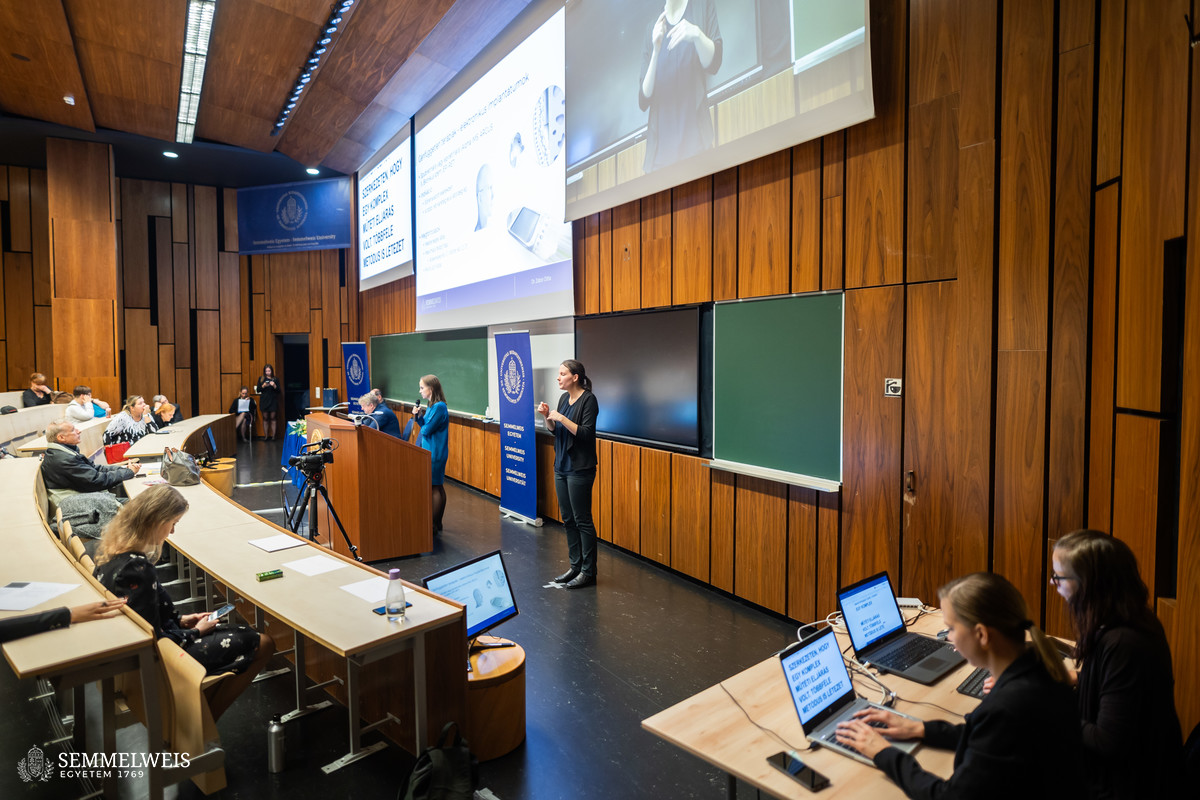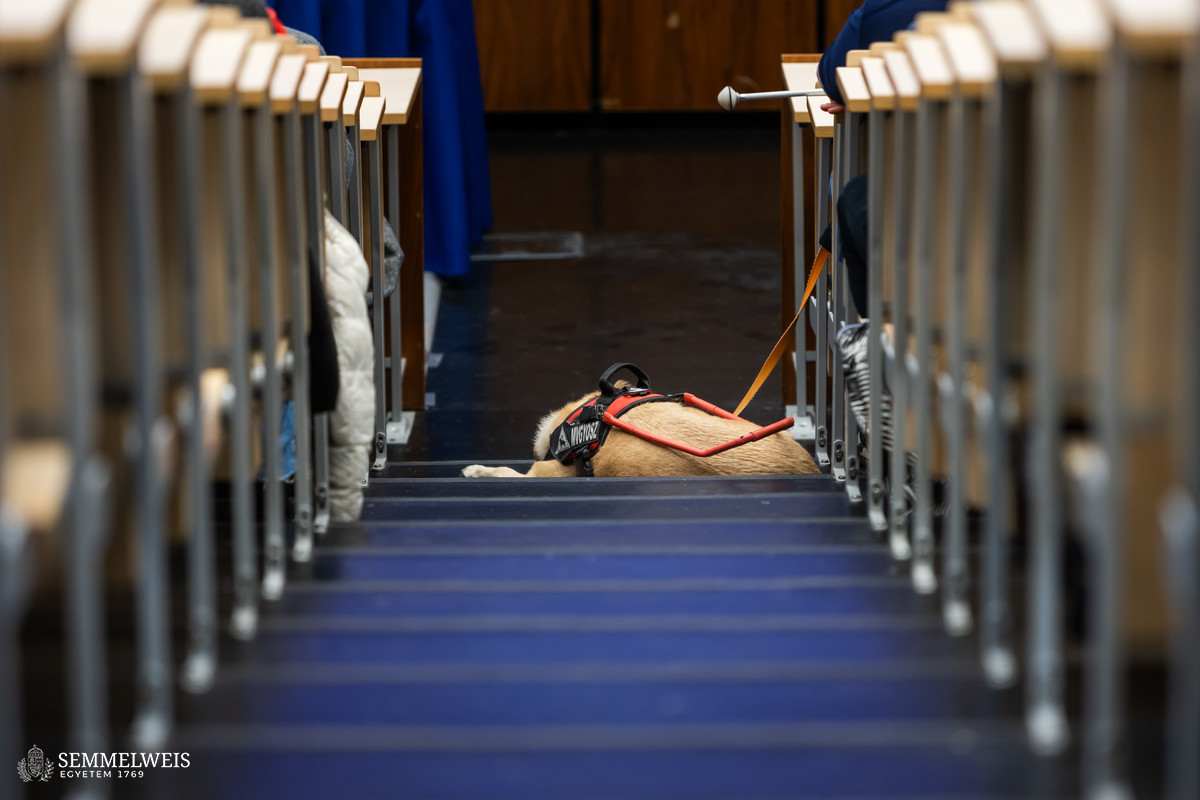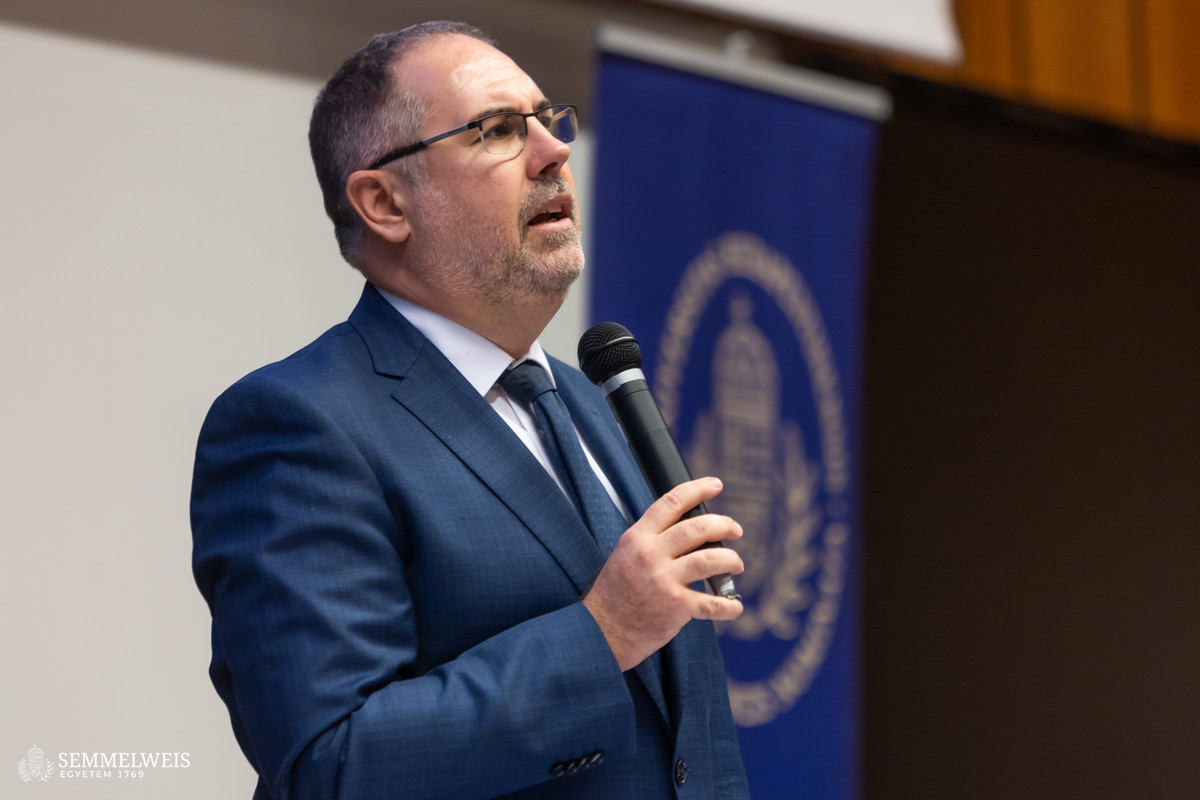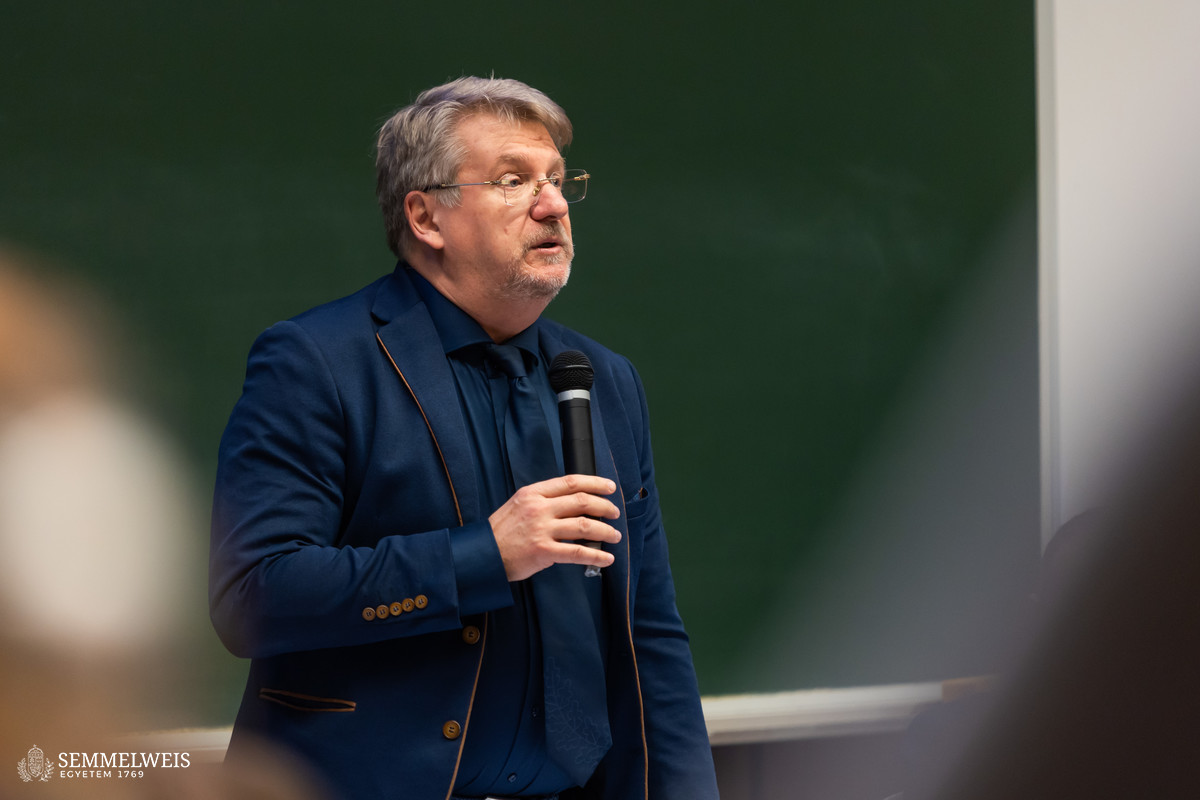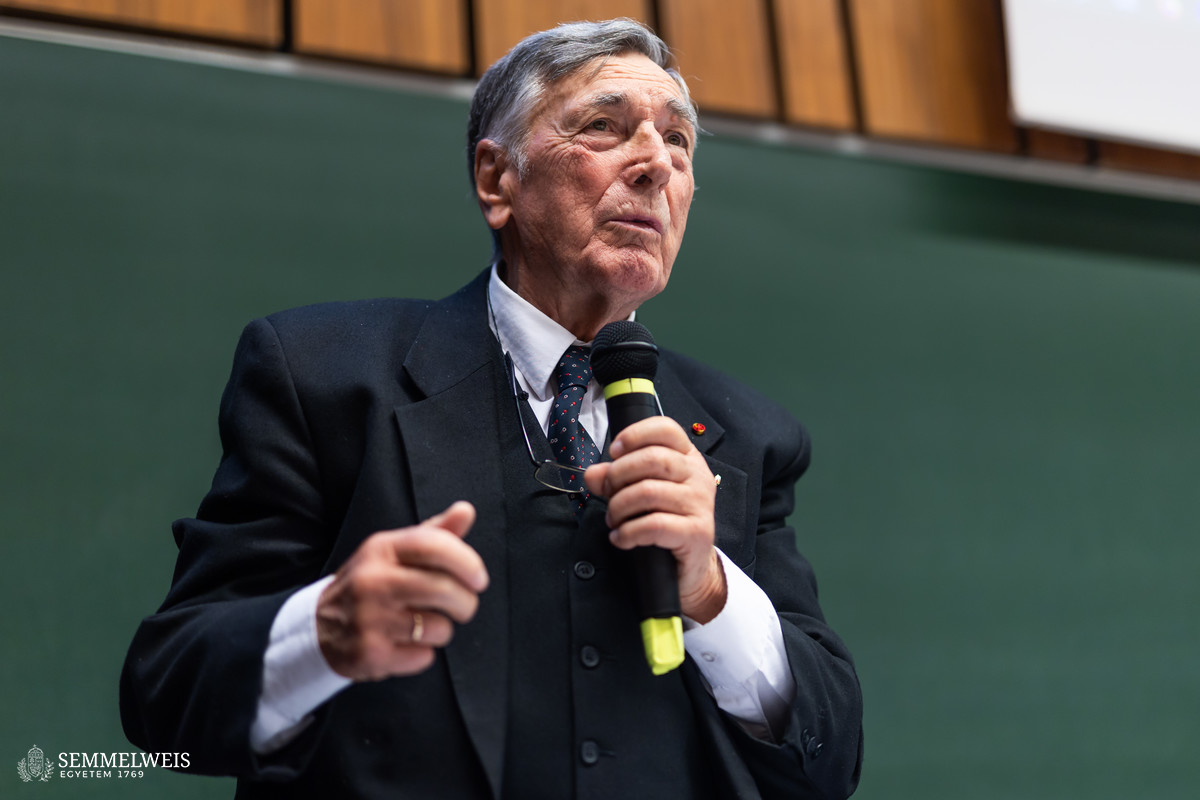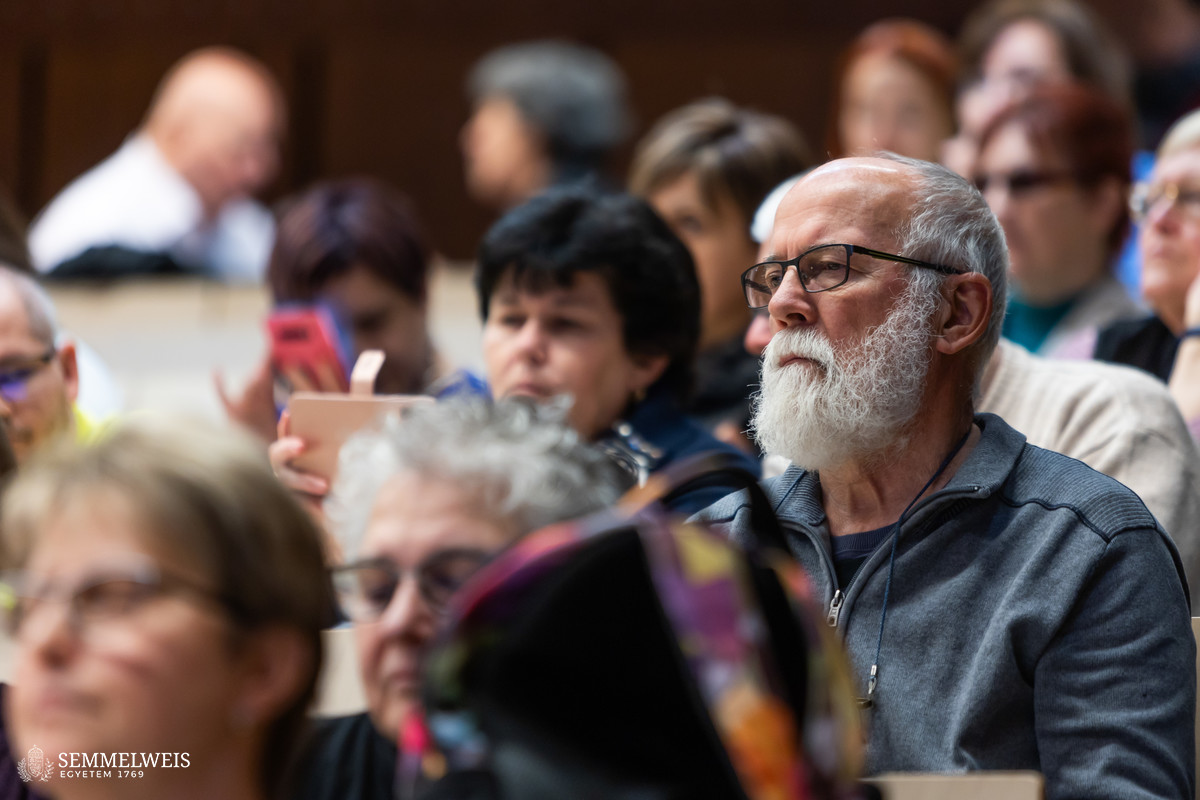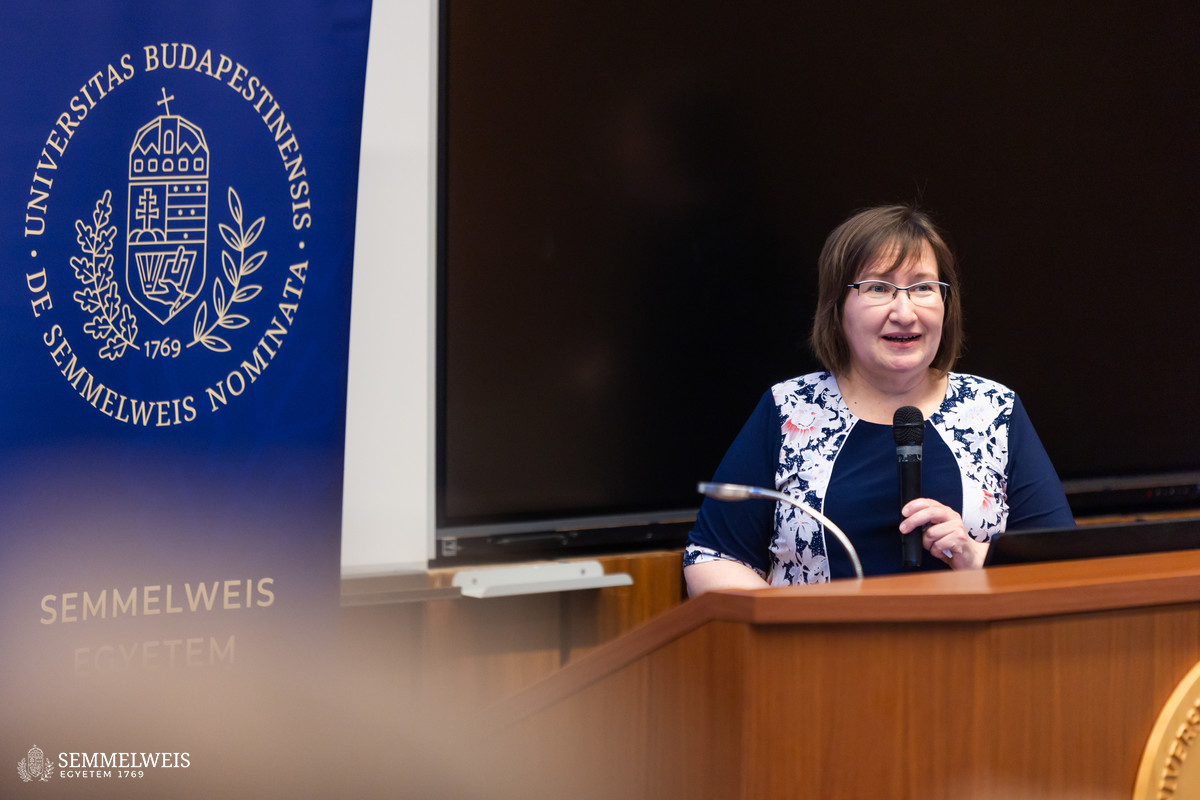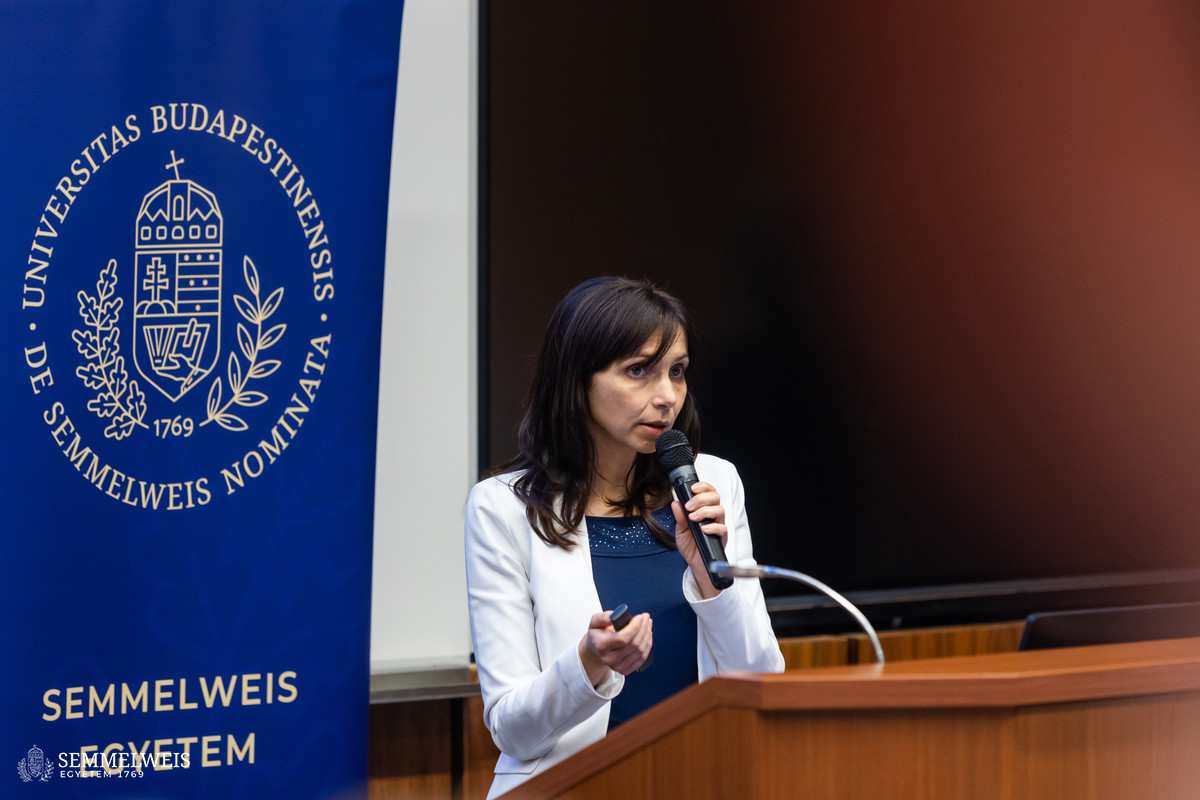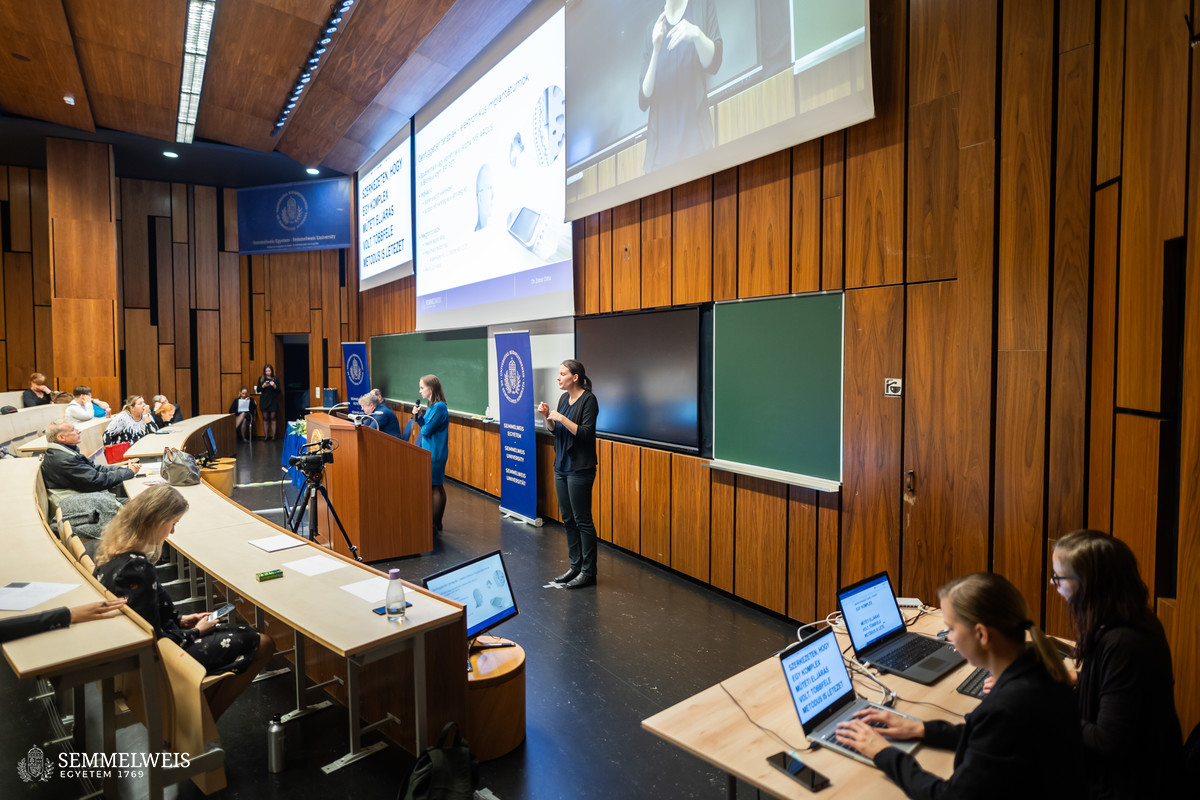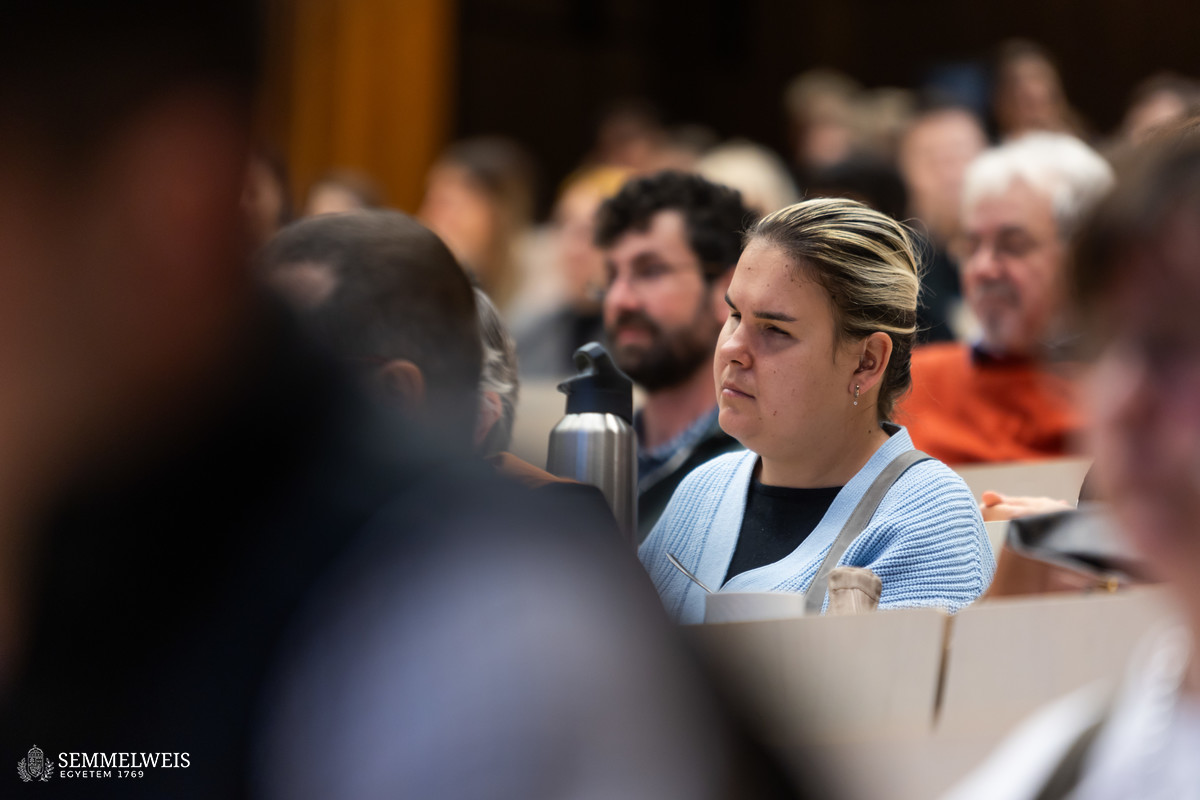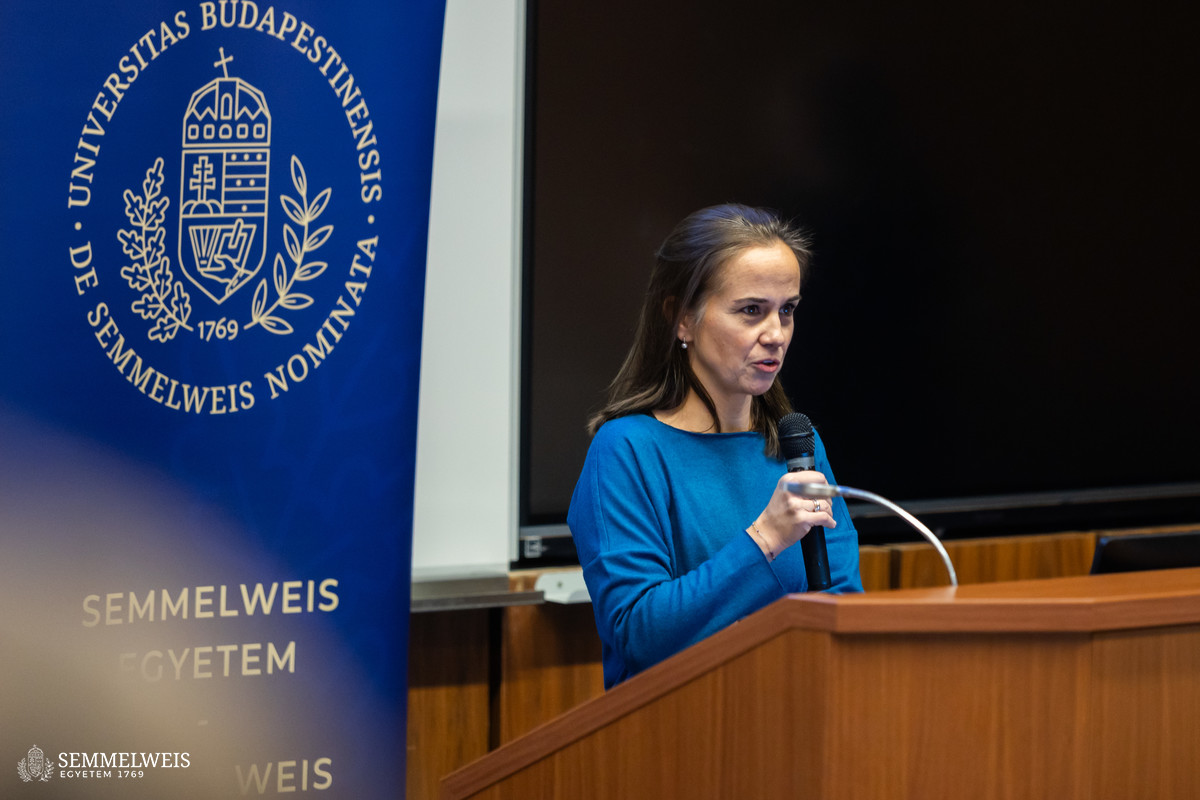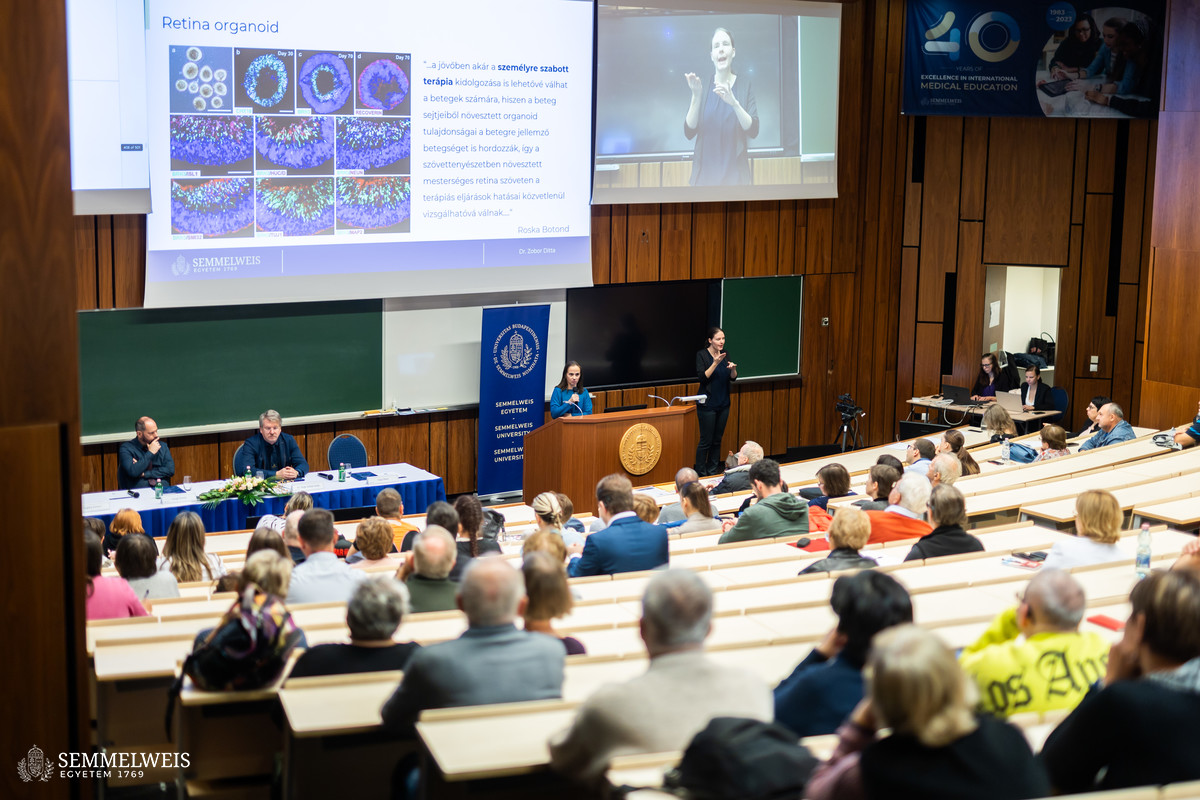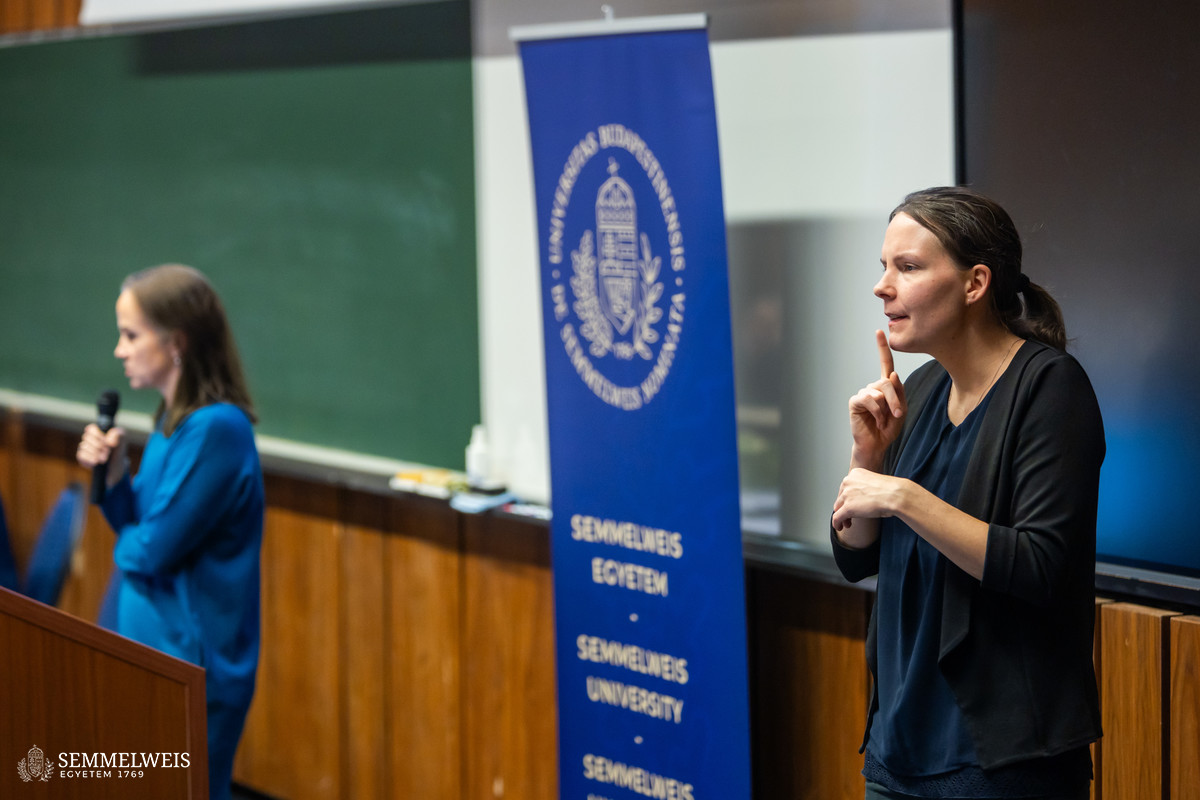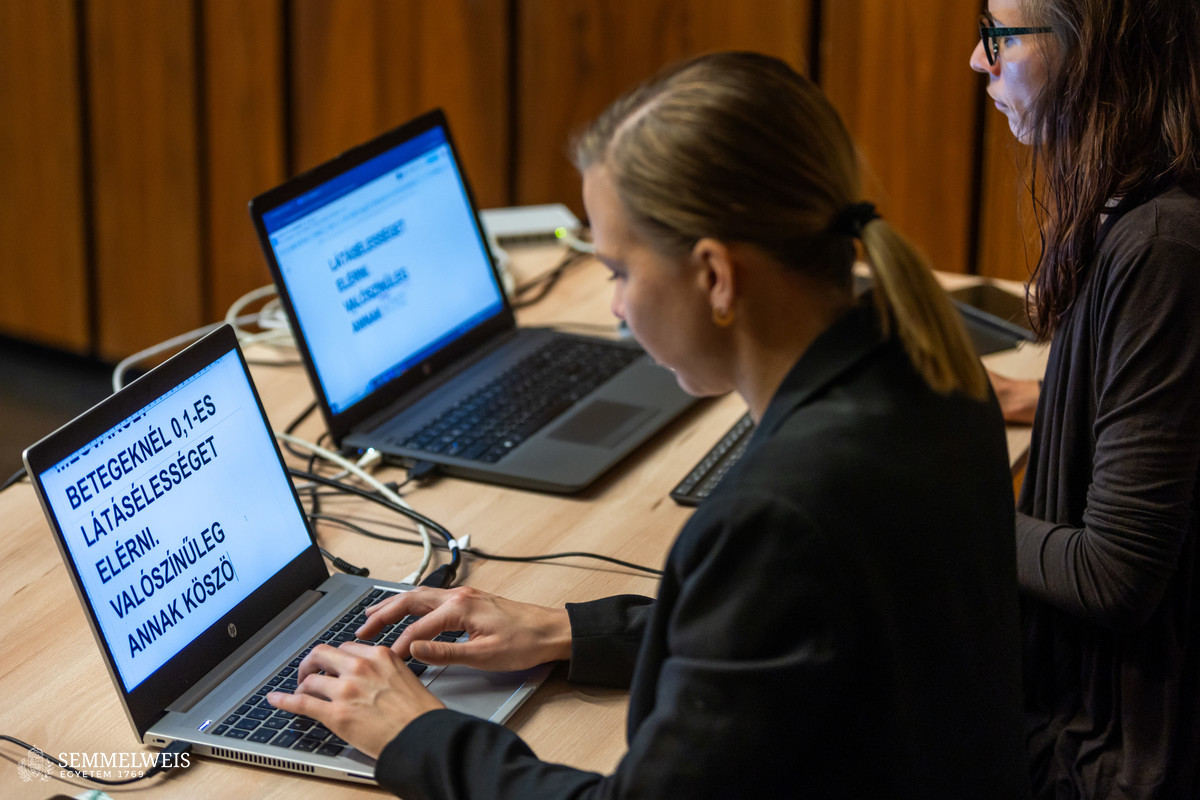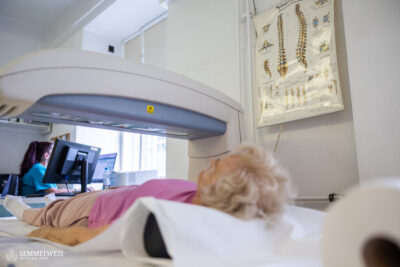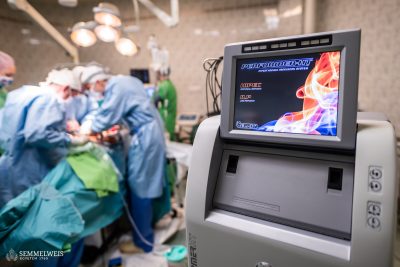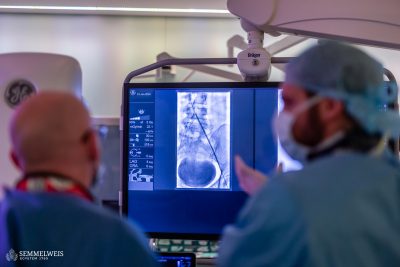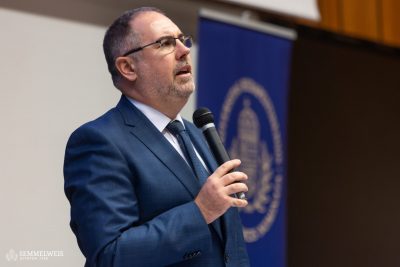 In Hungary, more than half a million people live with some kind of disability, and a fifth of them have cumulative disabilities, meaning that they have more than one disability that causes difficulties in their daily lives. Strictly speaking, there are 3,000 deafblind people in Hungary, and with them there are approximately 15,000 people with some form of visual or hearing impairment.
In Hungary, more than half a million people live with some kind of disability, and a fifth of them have cumulative disabilities, meaning that they have more than one disability that causes difficulties in their daily lives. Strictly speaking, there are 3,000 deafblind people in Hungary, and with them there are approximately 15,000 people with some form of visual or hearing impairment.
„The aim of the new care policy, which is based on a shared responsibility, is to ensure, unlike the practice of previous decades, not only the basic needs, but also to provide equal opportunities and facilitate social integration for all concerned with the cooperation of families, local settlement and church communities, as well as the government and the healthcare system,” said Péter Csizi, Deputy State Secretary for Social Affairs of the Ministry of Interior, at the conference titled “Hereditary Retinal Diseases: Diagnostics, Therapy, Rehabilitation, Advocacy” organized by Semmelweis University’s Department of Ophthalmology and the Hungarian Deafblind Association.
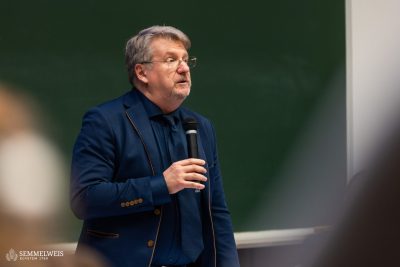 „Nowadays, information acquisition is accelerated and 90-95 percent of it is based on vision. Consequently, most of the visually impaired people need external help,” said Dr. Zoltán Zsolt Nagy, Director of the Department of Ophthalmology at Semmelweis University. He explained that the development of ophthalmological care, and gene therapy in particular, has led to more patients benefiting from a better quality of life than before. He highlighted that the Department of Ophthalmology, together with the Department of Anatomy, is also collaborating with Dr. Botond Roska’s research group, which will hopefully bring significant changes in the lives of patients. He added that the Department of Ophthalmology has undergone 10 successful gene surgery procedures already, with very encouraging results. „I hope to make this conference a tradition, where practitioners and patients, as well as patient representatives, can meet and exchange information,” said Dr. Zoltán Zsolt Nagy.
„Nowadays, information acquisition is accelerated and 90-95 percent of it is based on vision. Consequently, most of the visually impaired people need external help,” said Dr. Zoltán Zsolt Nagy, Director of the Department of Ophthalmology at Semmelweis University. He explained that the development of ophthalmological care, and gene therapy in particular, has led to more patients benefiting from a better quality of life than before. He highlighted that the Department of Ophthalmology, together with the Department of Anatomy, is also collaborating with Dr. Botond Roska’s research group, which will hopefully bring significant changes in the lives of patients. He added that the Department of Ophthalmology has undergone 10 successful gene surgery procedures already, with very encouraging results. „I hope to make this conference a tradition, where practitioners and patients, as well as patient representatives, can meet and exchange information,” said Dr. Zoltán Zsolt Nagy.
A 30-minute documentary film on the work of Dr. Botond Roska was screened at the conference, giving an insight into how the Swiss-based professor spent 20 years researching and achieving breakthroughs in optogenetics to restore sight. He is currently working on how to develop the vision-enhancing treatment he has discovered into a profitable therapy for pharmaceutical companies. Filmmaker Ferenc Téglásy told the audience about the behind-the-scenes secrets of making the documentary.
The professional program was opened by Dr. Krisztina Knézy, chief clinician, with a presentation on the types and symptoms of hereditary eye diseases and the importance of age-related screening in early childhood in Hungary. According to her, visitor nurses are indispensable for the examination of infants, and the department’s adjunct professor, Dr. Amarilla Barcsay-Veress, is organizing training courses for them concerning the latest research findings on the early detection of retinal dystrophies. Dr. Viktória Szabó, adjunct professor at the clinic, gave an overview of the current situation of genetic screening in Hungary, mentioning that since 2019, there has been an ophthalmic genetics department at Semmelweis University, and since 2021, the institution has a cooperation agreement with Professor Roska’s research group in Basel.
Dr. Annamária Ditta Zobor, Associate Professor, said that science knows of more than 300 genes that can cause retinal disease, and that the malfunction of a single gene can cause several diseases. The choice of treatment strategy depends on partly this, and partly on the stage at which ophthalmologists encounter patients with certain diseases. Often times, therapeutic options are also limited, and sometimes it is considered a success even to prevent further deterioration. In her presentation, she gave an overview of the therapeutic options currently available and those in the experimental phase, including the results that can be achieved with them: from drug options to genetic engineering, stem cell therapy, optogenetics and subretinal implants (two patients have been implanted with such vision-enhancing microchips in Hungary so far).
Dr. Anita Gáborján, Assistant Professor, head of the audiology division at the Department of Otorhinolaryngology, Head and Neck Surgery of Semmelweis University, spoke about the possibilities available today in the field of ear, nose and throat care for genetic syndromes associated with hearing and vision impairment. Conference participants heard a presentation on the professional advocacy activities of the Hungarian Federation of the Blind and Partially Sighted and the Hungarian Deafblind Association, as well as a presentation on the availability of elementary rehabilitation services in Hungary today, given by Zsolt Szilaj, head of the Elementary Rehabilitation Methodology Centre for the Visually Impaired at the Margit Slachta National Institute for Social Policy. The services available at the Elementary Rehabilitation Centre of the National Association of the Deafblind were also introduced.
The event was open not only to professionals – ophthalmologists, ear, nose and throat specialists, medical students, special education teachers – but also to the visually and hearing impaired and their families, who were assisted by sign language interpreters and synchronous text projection.
Melinda Katalin Kiss
Translation: Viktória Kiss
Photo: Bálint Barta – Semmelweis University
